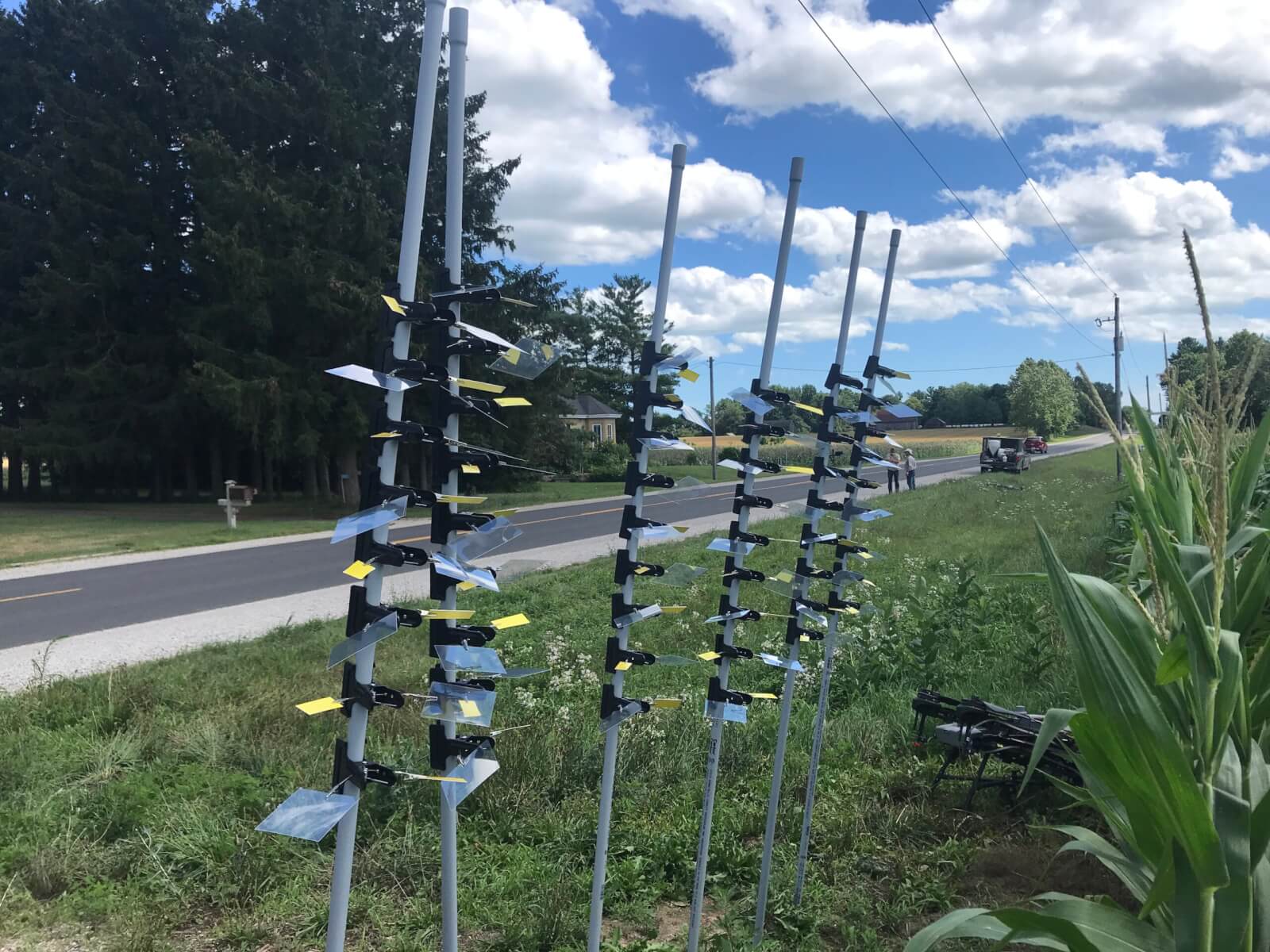
In 2019 we evaluated the spray coverage from nine application methods on corn silks. The results showed that a directed application from drop hoses (aka drop pipes, drop legs) suspended in between the rows gave significantly higher deposits. The results led us to wonder if the superior coverage from a directed application translated to improved […]
Read More… from Beluga Drop Hoses in Corn: Utility and Return on Investment (2023 Update)



